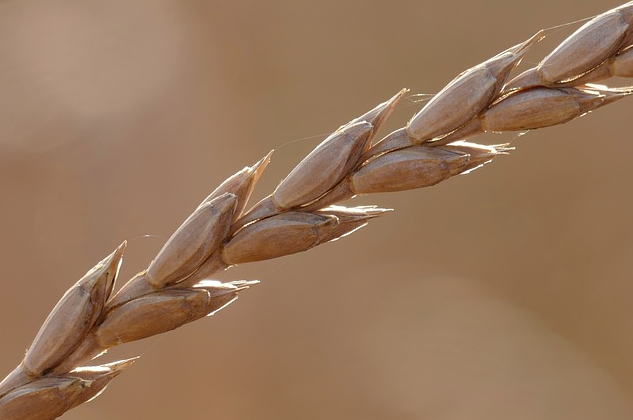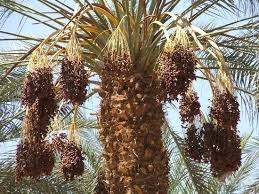As we sang in school: Spring has arrived, Passover has come; and with spring and Passover comes matzah, so for one week we will eat matzah. If we are having matzah, let it be matzah with a twist.
Or in other words: matzah made from organic spelt flour.
In the last decade, spelt flour has become the trendy and fashionable new flour, but spelt flour itself is not new. In fact, spelt is a grain with very ancient roots.
Here things get complicated, because it is not certain that the spelt mentioned in Jewish sources as one of the 'five types of grain' (that is, the important grains according to which special rules of Jewish law are practiced), is the spelt we know today. The spelt wheat from which spelt flour is produced is indeed identified as an ancient variety that was common in the Caucasus and Southern Europe as early as the early Middle Ages, but it actually arrived in the Land of Israel at a later stage, so it is not the same grain called spelt to which the sages refer.
Our spelt is the same spelt that was eaten in Europe, the Mediterranean basin, and later also in North America for hundreds of years. So what actually happened here? Why do we treat it as a new trend?

Well, at the beginning of the twentieth century with the development of agriculture and the development of more resilient varieties of 'bread wheat', the new 'sexy' grain with the sparkling white flour, pushed aside spelt, the reliable workhorse. It is that simple, 'fashion' and 'branding' can prove to be powerful engines.
Powerful, ruthless engines. Imagine you are in the shoes of a spelt grower in the American Midwest in 1905; the market wants white flour, so you will stop growing spelt and switch to growing wheat. Add to this the simple fact: from an acre of wheat, much more flour can be produced than from an acre of spelt.
This is more or less what happened to spelt, until we appeared on the planet, it was on the verge of extinction (as a commercial crop).
So how did it come back? Thanks to 'branding' and 'fashion' of course, the force that distanced spelt is also the force that brought it back into our lives.
As part of the general yearning for 'authenticity', spelt was also rediscovered and branded as a grain that takes us to an era where 'life was simple and healthy'. Is spelt flour necessarily healthier than wheat flour?
The answer is no. True, it contains less gluten than wheat, but it is not dramatic. The advantage of spelt is related to the fact that it is more suitable for producing whole grain flour, and due to its thick shell, this flour is rich in dietary fiber. In my opinion, it also tastes better.
Let's be honest, matzah is a bit like the willow branch from the Four Species (sorry for mixing up holidays for you), it has no taste and no smell, so matzah made from whole organic spelt flour has taste and aroma, and that makes all the difference.








